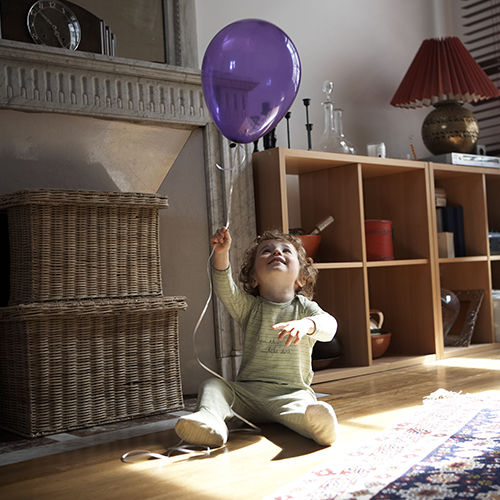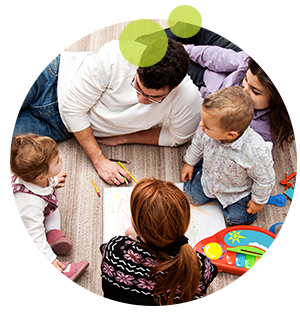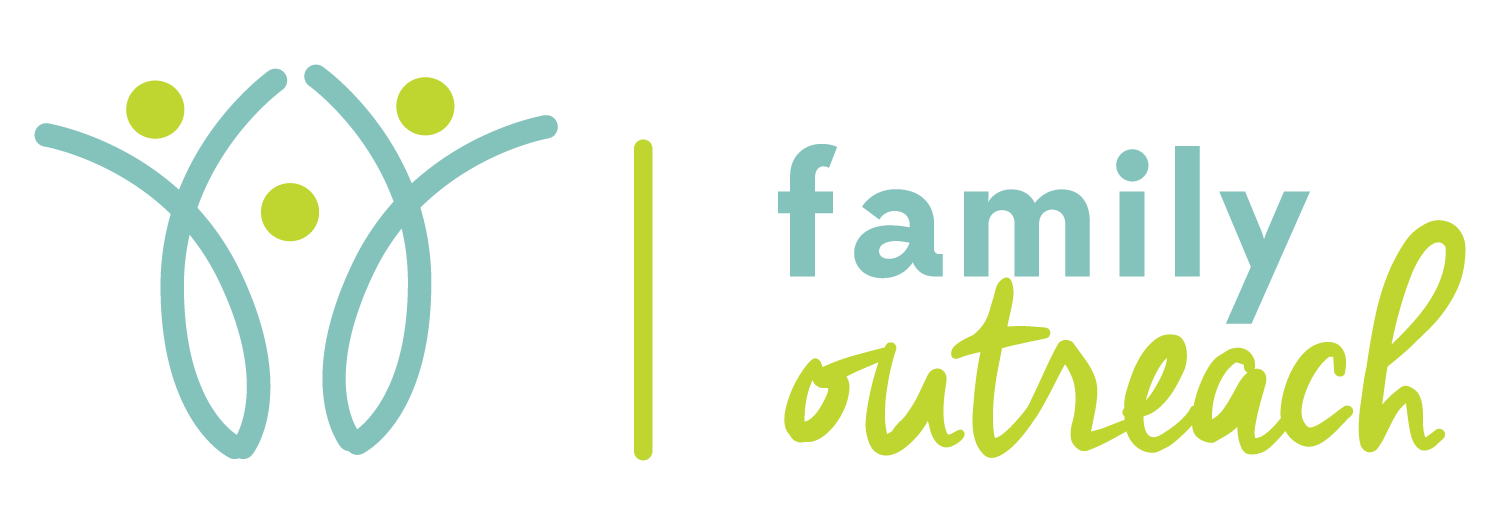Children 0-3
Getting StartedMontana Milestones is the Part C Early Intervention Program for Infants and Toddlers with Disabilities, part of the federal Individuals with Disabilities Education Act (IDEA). The purpose of IDEA, Part C is to support early intervention for children with developmental delays or disabilities. Part C is all about helping parents and families meet the developmental needs of their infants and toddlers. The words “parents” and “families” are used to mean anyone who is in charge of the care and wellbeing of a child. These can be legal guardians, single parents, grandparents, surrogate parents, foster parents, or other family members.
The Early Intervention Montana website is at: https://dphhs.mt.gov/dsd/developmentaldisabilities/montanamilestones
The Montana Department of Public Health and Human Service, Developmental Disabilities Division administers the early intervention system in Montana. The state contracts with seven local agencies statewide designated to provide early intervention service coordination to infants, toddlers, and their families.

Helena Office: 406-443-7370
Bozeman Office: 406-587-2477
Butte Office: 406- 494-1242
A Family Support Coordinator will contact the family to set up a home visit to complete screening/intake process.
A screening is a quick look at how your child is developing and learning. The screening is conducted by trained staff:
- Find out what areas of development are on track or behind what would be expected for your child age.
- Help an evaluation team decide what type of evaluation may be best for your child and who should be involved.
- Find out if your child’s development is “on target” even though a problem was suspected.
If the screening shows your child’s development is “on target,” it is unlikely that your child will be eligible for early intervention services. Even if the screening suggests your child is developing fine, you have the right to ask for, and get, a full multidisciplinary evaluation for your child.

developmental milestones – learn the signs:
2 Months
What most babies do at this age:
Social and Emotional
- Begins to smile at people
- Can briefly calm himself (may bring hands to mouth and suck on hand)
- Tries to look at parent
Language/Communication
- Coos, makes gurgling sounds
- Turns head toward sounds
Cognitive (learning, thinking, problem-solving)
- Pays attention to faces
- Begins to follow things with eyes and recognize people at a distance
- Begins to act bored (cries, fussy) if activity doesn’t change
Movement/Physical Development
- Can hold head up and begins to push up when lying on tummy
- Makes smoother movements with arms and legs
4 Months
What most babies do at this age:
Social and Emotional
- Smiles spontaneously, especially at people
- Likes to play with people and might cry when playing stops
- Copies some movements and facial expressions, like smiling or frowning
Language/Communication
- Begins to babble
- Babbles with expression and copies sounds he hears
- Cries in different ways to show hunger, pain, or being tired
Cognitive (learning, thinking, problem-solving)
- Lets you know if she is happy or sad
- Responds to affection
- Reaches for toy with one hand
- Uses hands and eyes together, such as seeing a toy and reaching for it
- Follows moving things with eyes from side to side
- Watches faces closely
- Recognizes familiar people and things at a distance
Movement/Physical Development
- Holds head steady, unsupported
- Pushes down on legs when feet are on a hard surface
- May be able to roll over from tummy to back
- Can hold a toy and shake it and swing at dangling toys
- Brings hands to mouth
- When lying on stomach, pushes up to elbows
6 Months
What most babies do at this age:
Social and Emotional
- Knows familiar faces and begins to know if someone is a stranger
- Likes to play with others, especially parents
- Responds to other people’s emotions and often seems happy
- Likes to look at self in a mirror
Language/Communication
- Responds to sounds by making sounds
- Strings vowels together when babbling (“ah,” “eh,” “oh”) and likes taking turns with parent while making sounds
- Responds to own name
- Makes sounds to show joy and displeasure
- Begins to say consonant sounds (jabbering with “m,” “b”)
Cognitive (learning, thinking, problem-solving)
- Looks around at things nearby
- Brings things to mouth
- Shows curiosity about things and tries to get things that are out of reach
- Begins to pass things from one hand to the other
Movement/Physical Development
- Rolls over in both directions (front to back, back to front)
- Begins to sit without support
- When standing, supports weight on legs and might bounce
- Rocks back and forth, sometimes crawling backward before moving forward
9 Months
What most babies do at this age:
Social and Emotional
- May be afraid of strangers
- May be clingy with familiar adults
- Has favorite toys
Language/Communication
- Understands “no”
- Makes a lot of different sounds like “mamamama” and “bababababa”
- Copies sounds and gestures of others
- Uses fingers to point at things
Cognitive (learning, thinking, problem-solving)
- Watches the path of something as it falls
- Looks for things he sees you hide
- Plays peek-a-boo
- Puts things in her mouth
- Moves things smoothly from one hand to the other
- Picks up things like cereal o’s between thumb and index finger
Movement/Physical Development
- Stands, holding on
- Can get into sitting position
- Sits without support
- Pulls to stand
- Crawls
1 Year
What most children do at this age:
Social and Emotional
- Is shy or nervous with strangers
- Cries when mom or dad leaves
- Has favorite things and people
- Shows fear in some situations
- Hands you a book when he wants to hear a story
- Repeats sounds or actions to get attention
- Puts out arm or leg to help with dressing
- Plays games such as “peek-a-boo” and “pat-a-cake”
Language/Communication
- Responds to simple spoken requests
- Uses simple gestures, like shaking head “no” or waving “bye-bye”
- Makes sounds with changes in tone (sounds more like speech)
- Says “mama” and “dada” and exclamations like “uh-oh!”
- Tries to say words you say
Cognitive (learning, thinking, problem-solving)
- Explores things in different ways, like shaking, banging, throwing
- Finds hidden things easily
- Looks at the right picture or thing when it’s named
- Copies gestures
- Starts to use things correctly; for example, drinks from a cup, brushes hair
- Bangs two things together
- Puts things in a container, takes things out of a container
- Lets things go without help
- Pokes with index (pointer) finger
- Follows simple directions like “pick up the toy”
Movement/Physical Development
- Gets to a sitting position without help
- Pulls up to stand, walks holding on to furniture (“cruising”)
- May take a few steps without holding on
- May stand alone
18 Months
What most babies do at this age:
Social and Emotional
- Likes to hand things to others as play
- May have temper tantrums
- May be afraid of strangers
- Shows affection to familiar people
- Plays simple pretend, such as feeding a doll
- May cling to caregivers in new situations
- Points to show others something interesting
- Explores alone but with parent close by
Language/Communication
- Says several single words
- Says and shakes head “no”
- Points to show someone what he wants
Cognitive (learning, thinking, problem-solving)
- Knows what ordinary things are for; for example, telephone, brush, spoon
- Points to get the attention of others
- Shows interest in a doll or stuffed animal by pretending to feed
- Points to one body part
- Scribbles on his own
- Can follow 1-step verbal commands without any gestures; for example, sits when you say “sit down”
Movement/Physical Development
- Walks alone
- May walk up steps and run
- Pulls toys while walking
- Can help undress herself
- Drinks from a cup
- Eats with a spoon
2 Years
What most children do at this age:
Social and Emotional
- Copies others, especially adults and older children
- Gets excited when with other children
- Shows more and more independence
- Shows defiant behavior (doing what he has been told not to)
- Plays mainly beside other children, but is beginning to include other children, such as in chase games
Language/Communication
- Points to things or pictures when they are named
- Knows names of familiar people and body parts
- Says sentences with 2 to 4 words
- Follows simple instructions
- Repeats words overheard in conversation
- Points to things in a book
Cognitive (learning, thinking, problem-solving)
- Finds things even when hidden under two or three covers
- Begins to sort shapes and colors
- Completes sentences and rhymes in familiar books
- Plays simple make-believe games
- Builds towers of 4 or more blocks
- Might use one hand more than the other
- Follows two-step instructions such as “Pick up your shoes and put them in the closet.”
- Names items in a picture book such as a cat, bird, or dog
Movement/Physical Development
- Stands on tiptoe
- Kicks a ball
- Begins to run
- Climbs onto and down from furniture without help
- Walks up and down stairs holding on
- Throws ball overhand
- Makes or copies straight lines and circles
3 Years
What most children do at this age:
Social and Emotional
- Copies adults and friends
- Shows affection for friends without prompting
- Takes turns in games
- Shows concern for crying friend
- Understands the idea of “mine” and “his” or “hers”
- Shows a wide range of emotions
- Separates easily from mom and dad
- May get upset with major changes in routine
- Dresses and undresses self
Language/Communication
- Follows instructions with 2 or 3 steps
- Can name most familiar things
- Understands words like “in,” “on,” and “under”
- Says first name, age, and sex
- Names a friend
- Says words like “I,” “me,” “we,” and “you” and some plurals (cars, dogs, cats)
- Talks well enough for strangers to understand most of the time
- Carries on a conversation using 2 to 3 sentences
Cognitive (learning, thinking, problem-solving)
- Can work toys with buttons, levers, and moving parts
- Plays make-believe with dolls, animals, and people
- Does puzzles with 3 or 4 pieces
- Understands what “two” means
- Copies a circle with pencil or crayon
- Turns book pages one at a time
- Builds towers of more than 6 blocks
- Screws and unscrews jar lids or turns door handle
Movement/Physical Development
- Climbs well
- Runs easily
- Pedals a tricycle (3-wheel bike)
- Walks up and down stairs, one foot on each step
